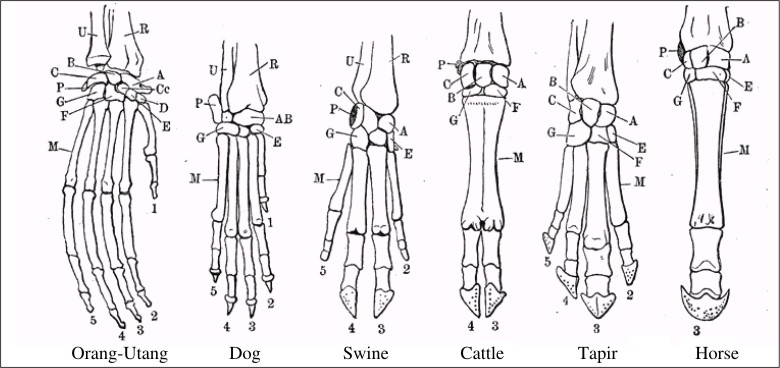NYTimes | Edward M. Marcotte is looking for drugs that can kill tumors by stopping blood vessel growth, and he and his colleagues at the University of Texas at Austin recently found some good targets — five human genes that are essential for that growth. Now they’re hunting for drugs that can stop those genes from working. Strangely, though, Dr. Marcotte did not discover the new genes in the human genome, nor in lab mice or even fruit flies. He and his colleagues found the genes in yeast.
“On the face of it, it’s just crazy,” Dr. Marcotte said. After all, these single-cell fungi don’t make blood vessels. They don’t even make blood. In yeast, it turns out, these five genes work together on a completely unrelated task: fixing cell walls.
Crazier still, Dr. Marcotte and his colleagues have discovered hundreds of other genes involved in human disorders by looking at distantly related species. They have found genes associated with deafness in plants, for example, and genes associated with breast cancer in nematode worms. The researchers reported their results recently in The Proceedings of the National Academy of Sciences.
The scientists took advantage of a peculiar feature of our evolutionary history. In our distant, amoeba-like ancestors, clusters of genes were already forming to work together on building cell walls and on other very basic tasks essential to life. Many of those genes still work together in those same clusters, over a billion years later, but on different tasks in different organisms.
Studies like this offer a new twist on Charles Darwin’s original ideas about evolution. Anatomists in the mid-1800s were fascinated by the underlying similarities of traits in different species — the fact that a bat’s wing, for example, has all the same parts as a human hand. Darwin argued that this kind of similarity — known as homology — was just a matter of genealogy. Bats and humans share a common ancestor, and thus they inherited limbs with five digits.
Some 150 years of research have amply confirmed Darwin’s insight. Paleontologists, for example, have brought ambiguous homologies into sharp focus with the discovery of transitional fossils. A case in point is the connection between the blowholes of whales and dolphins and the nostrils of humans. Fossils show how the nostrils of ancestral whales moved from the tip of the snout to the top of the head.
In the 1950s, the study of homology entered a new phase. Scientists began to discover similarities in the structure of proteins. Different species have different forms of hemoglobin, for example. Each form is adapted to a particular way of life, but all descended from one ancestral molecule. Fist tap Nana.



0 comments:
Post a Comment